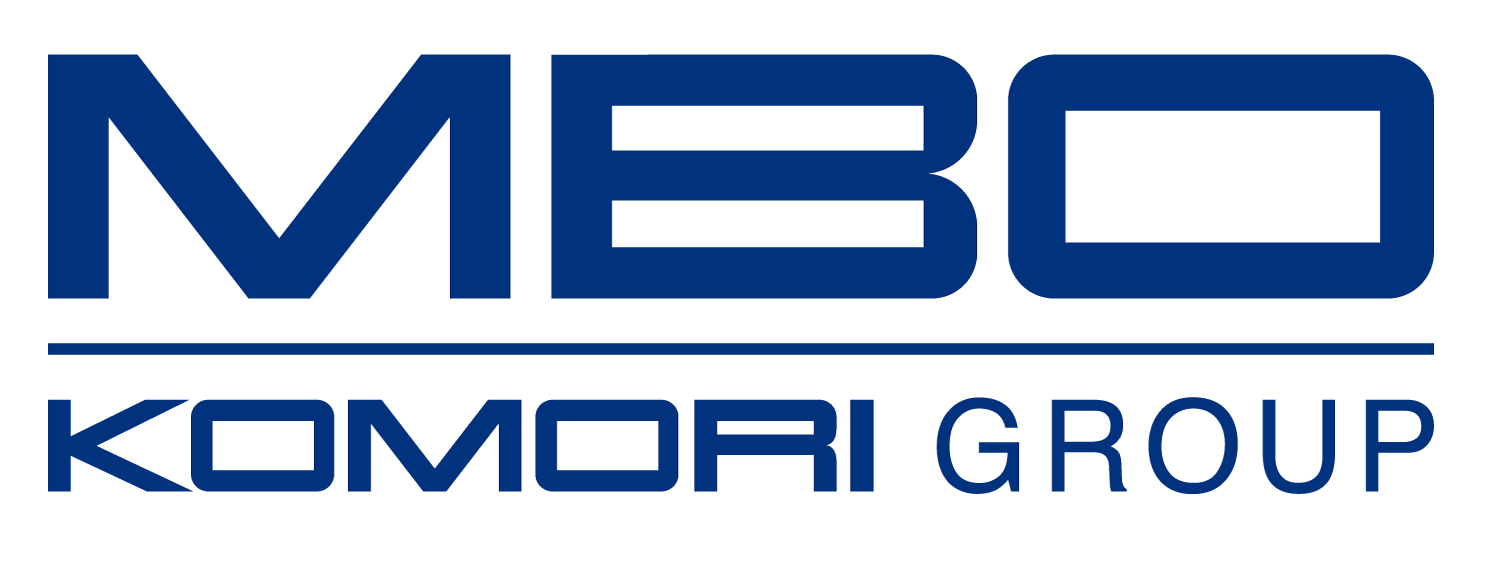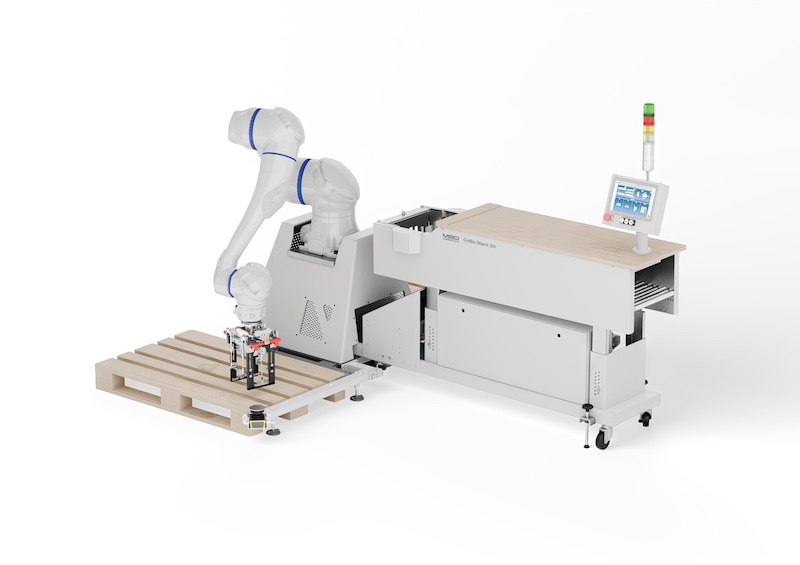Cutting-Edge Post-Press: Unveiling the Latest Tech Trends
The printing industry has undergone significant transformations over the years, with post-press processes playing a crucial role in transforming raw paper into finished products. These include binding, folding, cutting, and embellishing, which add the final touches that enhance the appeal and functionality of printed materials.
As technology continues to evolve, staying current with the latest technology trends in post-press is vital for businesses to maintain competitive edge, improve efficiency, and meet evolving customer demands.
Evolution of Post-Press Technology
Historically, post-press techniques were manual and labor-intensive, involving meticulous handwork and mechanical equipment. Over the years, technological advancements have revolutionized these processes, introducing automation and sophisticated machinery. These innovations have significantly improved efficiency, reduced errors, and enhanced the quality of finished products.
The introduction of digital technologies in the 1990s revolutionized the industry, enabling precision cutting, creasing, and folding. Over the years, advancements in automation, robotics, and artificial intelligence (AI) have further enhanced post-press capabilities.
Current Trends in Post-Press Technology
The current landscape of post-press technology is characterized by several key trends:
- Digital Finishing Solutions: Digital technology has introduced advanced finishing techniques such as digital die-cutting, foil stamping, and UV coating, allowing for precise and customizable finishes.
- Automation and Robotics: Automation and robotics have become increasingly popular in post-press, streamlining processes and reducing labor costs. Collaborative robots (cobots) and automated systems now handle tasks like stacking, binding, and packaging with speed and accuracy.
- Sustainability: Environmental concerns are driving the adoption of sustainable practices in post-press processes. This includes using eco-friendly materials, reducing waste, and optimizing energy consumption.
- Integration of AI and Machine Learning: AI and machine learning are being integrated into post-press technologies to enhance precision, predict maintenance needs, and optimize workflows. These technologies enable smarter and more efficient production processes.
Benefits of Cutting-Edge Post-Press Technology
Embracing the latest post-press technologies offers numerous benefits:
- Improved Efficiency and Productivity: Automation and digital solutions speed up production processes, reducing turnaround times and increasing output.
- Consistent Quality and Precision: Advanced technologies ensure consistent high-quality finishes, precision, minimize errors, and enhance the overall appearance and durability of printed materials.
- Enhanced Creative Possibilities: Cutting-edge post-press technology enables more complex and creative finishes, allowing businesses to offer unique and customized products.
- Cost Savings and Sustainability Benefits: Automation reduces labor costs, while sustainable practices lower material and energy expenses, contributing to cost-effective and environmentally friendly operations.
Future Trends in Post-Press Technology
The future of post-press technology looks promising, with several potential advancements on the horizon:
- Smart Factories: The integration of IoT (Internet of Things) devices and smart sensors will enable real-time monitoring and control of post-press operations, leading to more efficient and adaptive production environments.
- Advanced Robotics: Next-generation robots with enhanced capabilities will handle more complex post-press tasks, further reducing the need for human intervention and increasing production speed.
- Artificial Intelligence and Machine Learning Applications: AI and machine learning will become even more sophisticated, offering predictive analytics, advanced quality control, and automated decision-making capabilities.
- Augmented Reality: AR will be used to enhance product demonstrations and training programs.
- Sustainable Innovations: Ongoing research into sustainable materials and energy-efficient processes will continue to drive eco-friendly advancements in post-press technology.
In conclusion, embracing cutting-edge post-press technology is crucial for printers seeking to stay competitive in today’s fast-paced industry. By understanding current trends, benefits, and future predictions, printers can make informed decisions about their own technological investments.
As the industry continues to evolve, it’s essential to stay informed and adapt to new trends to remain at the forefront of innovation. Stay ahead of the curve by exploring the latest advancements in post-press technology! The future of post-press is bright, with exciting advancements on the horizon that promise to revolutionize the industry further.

